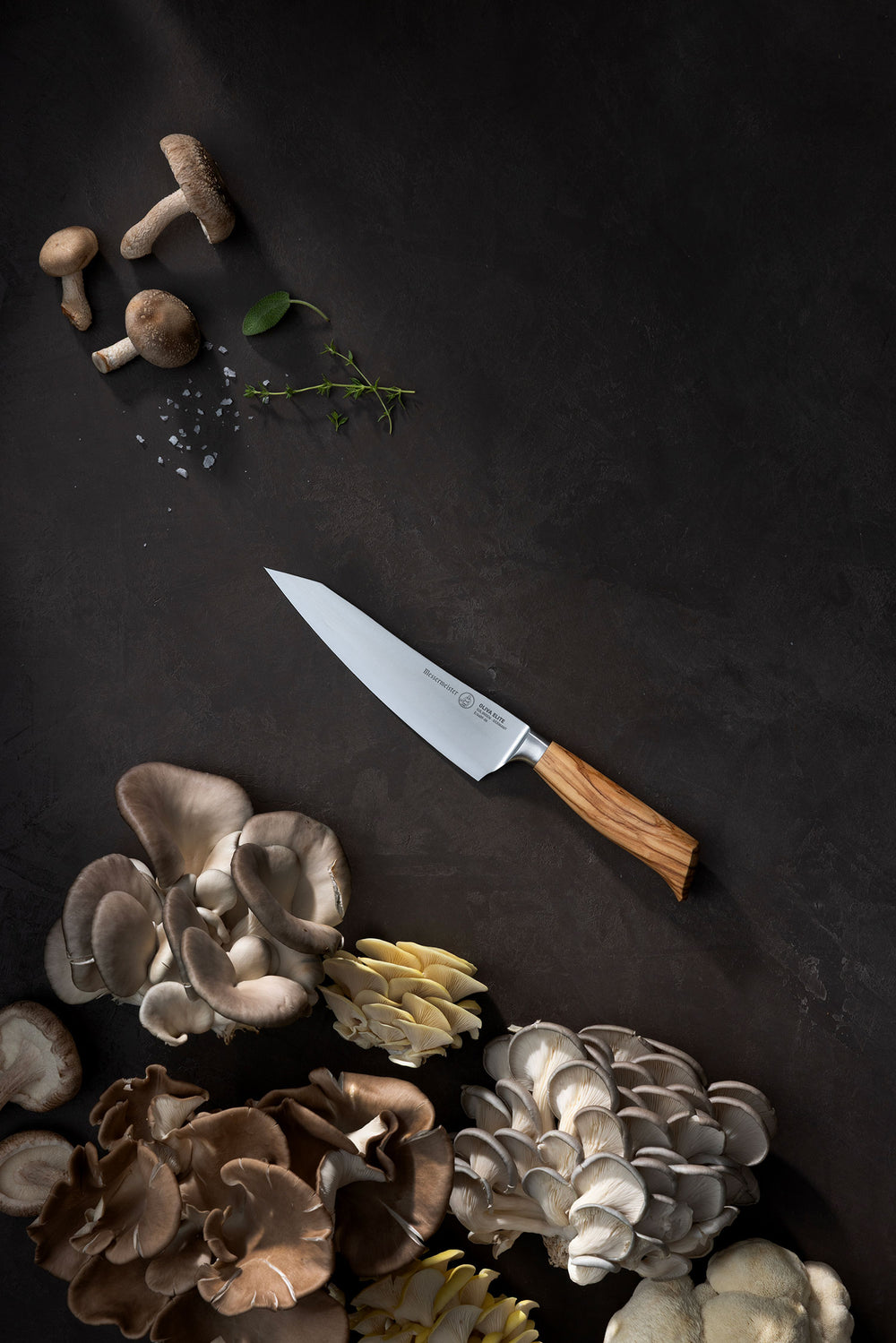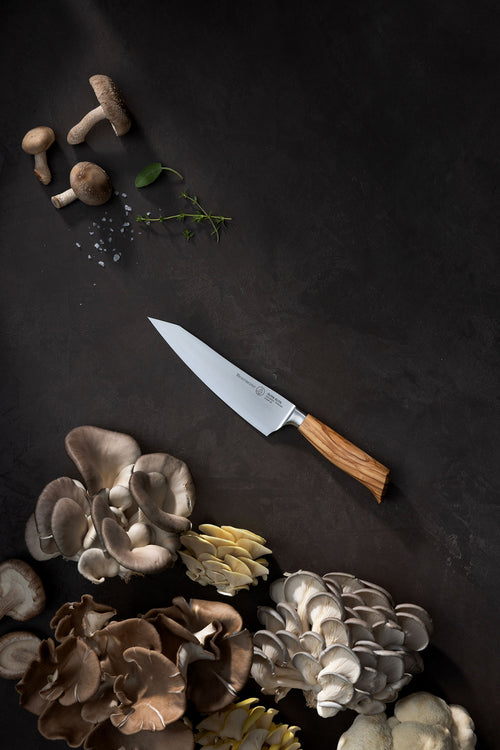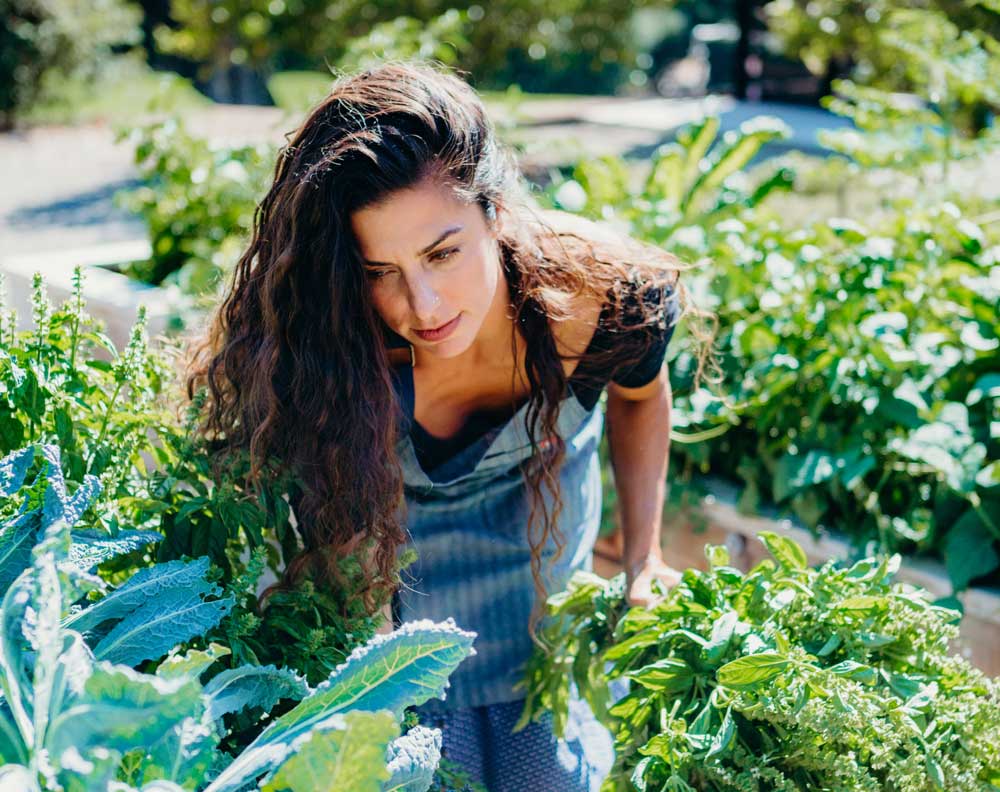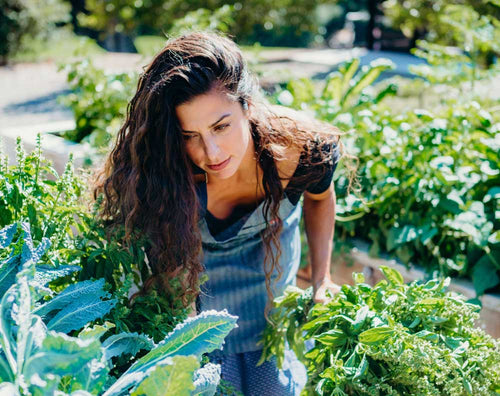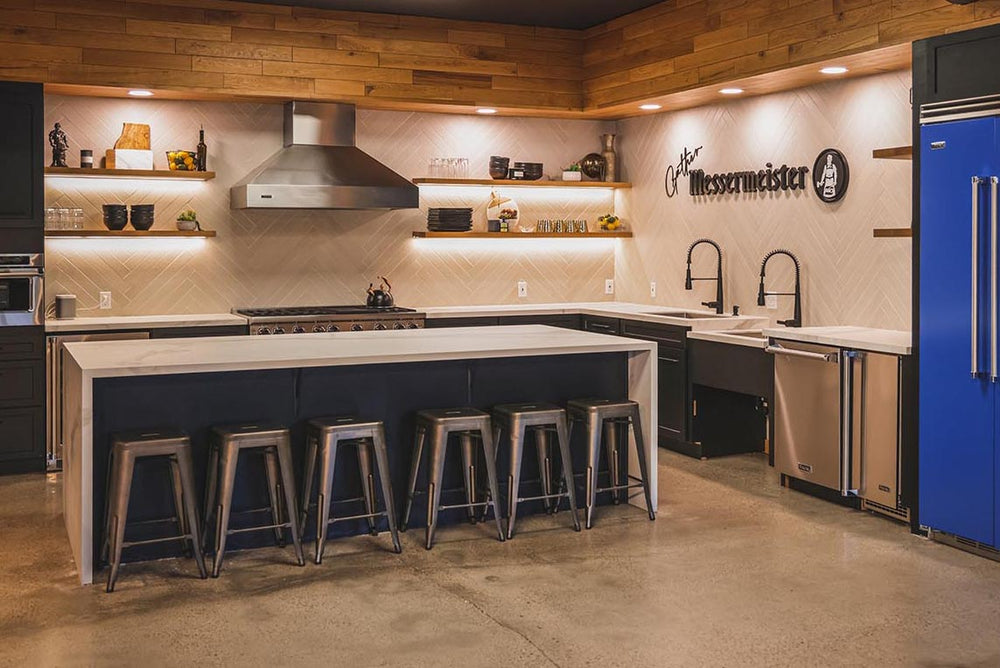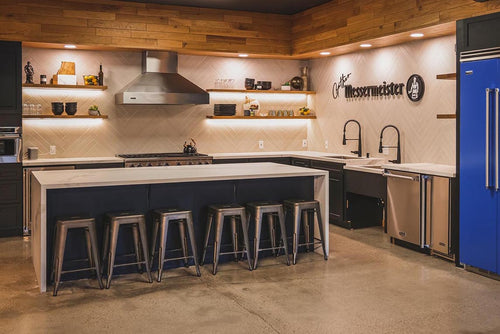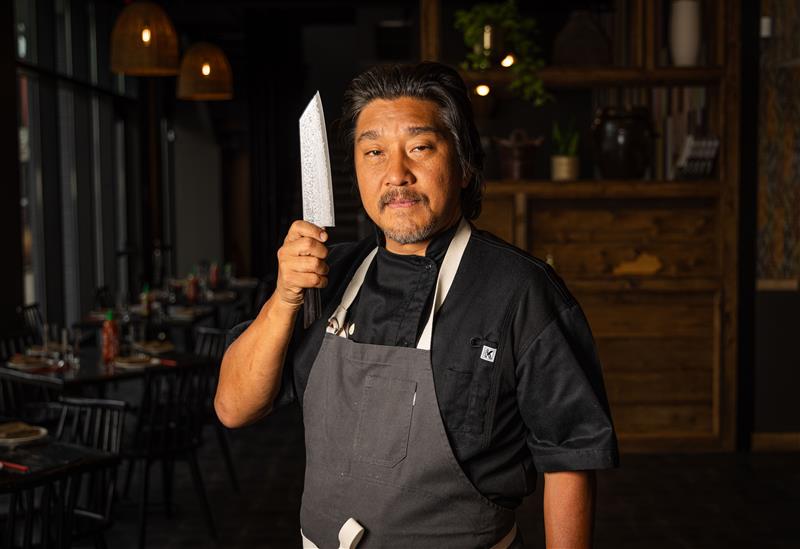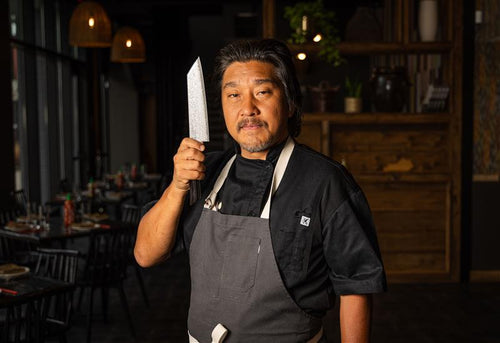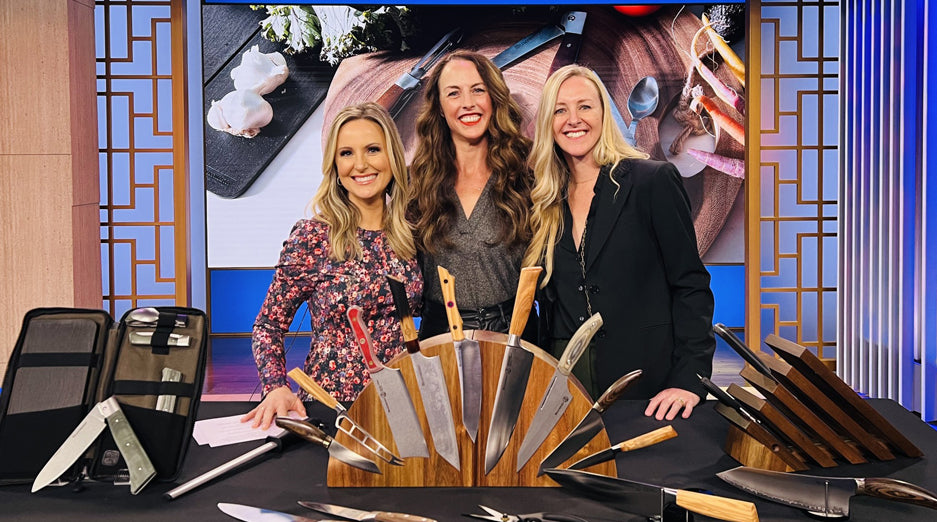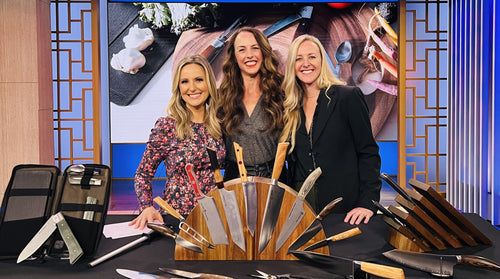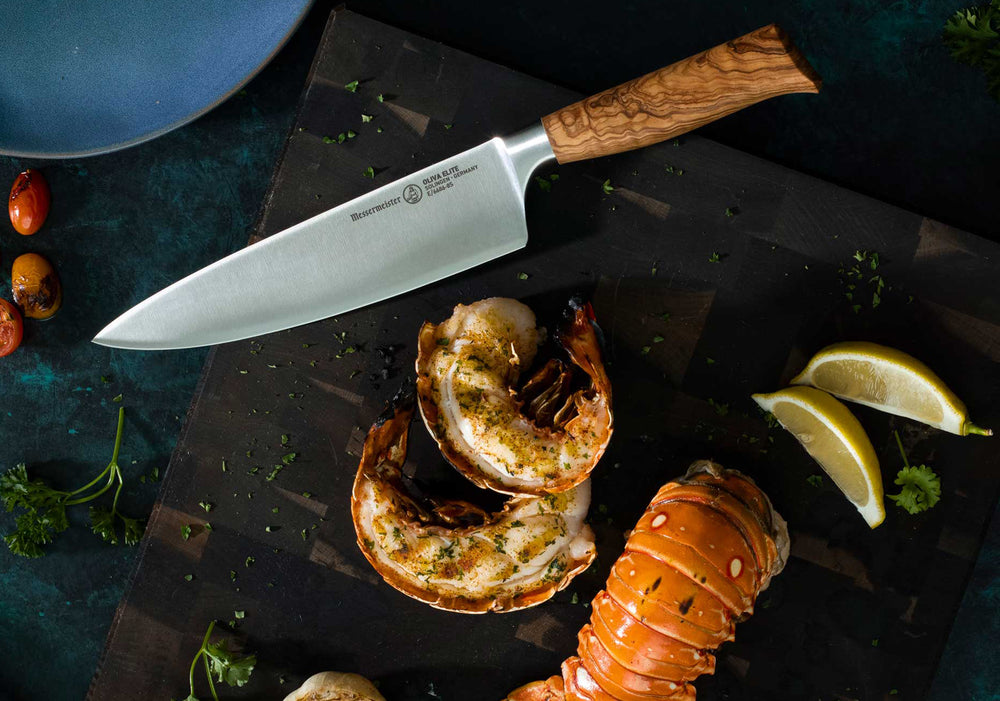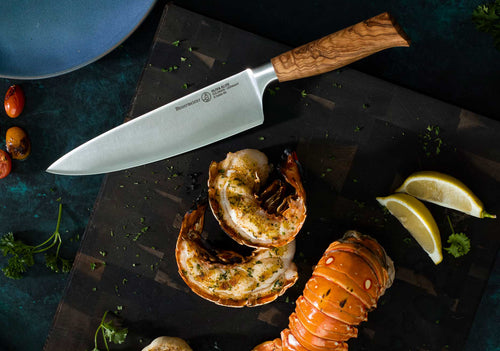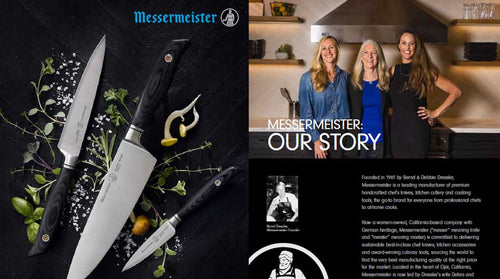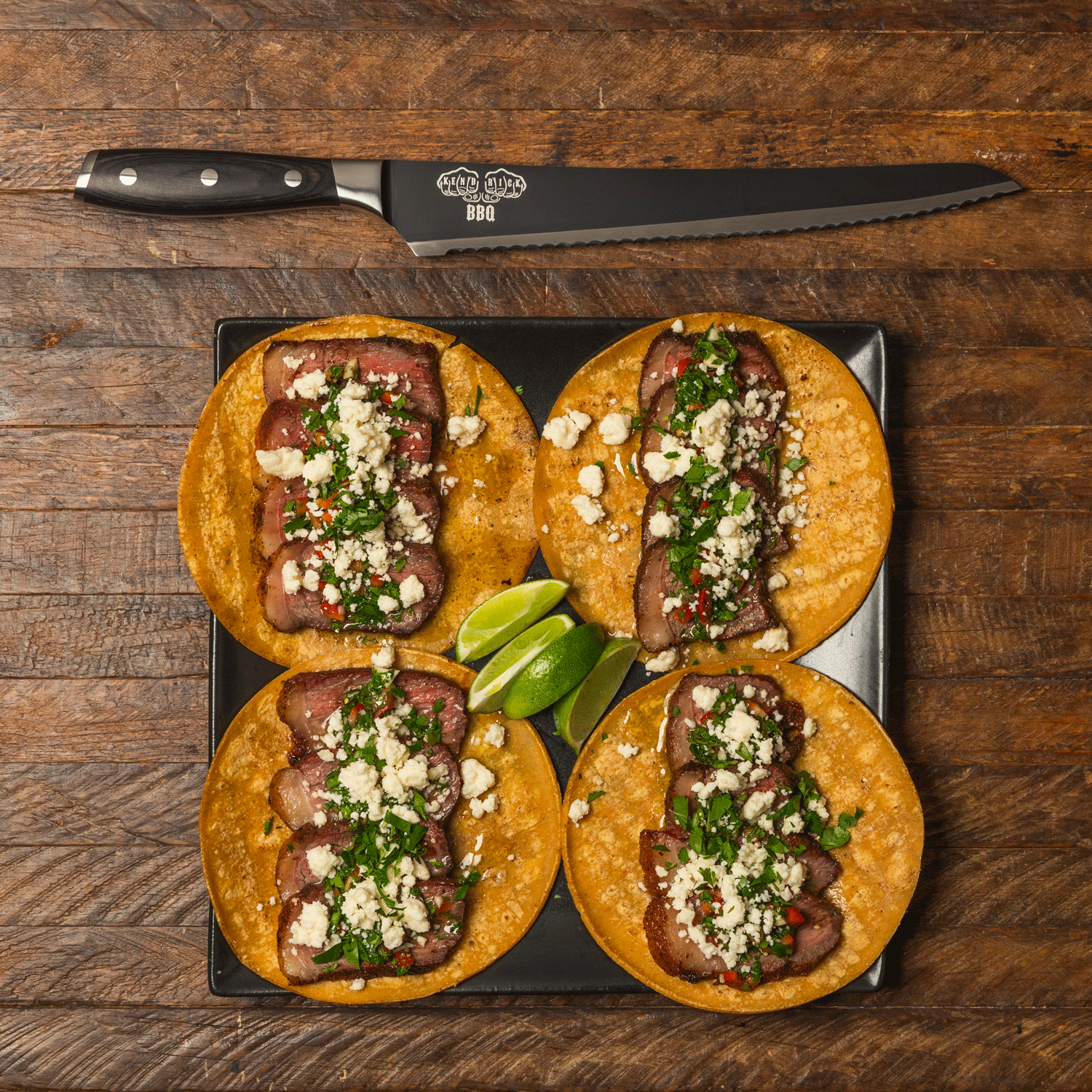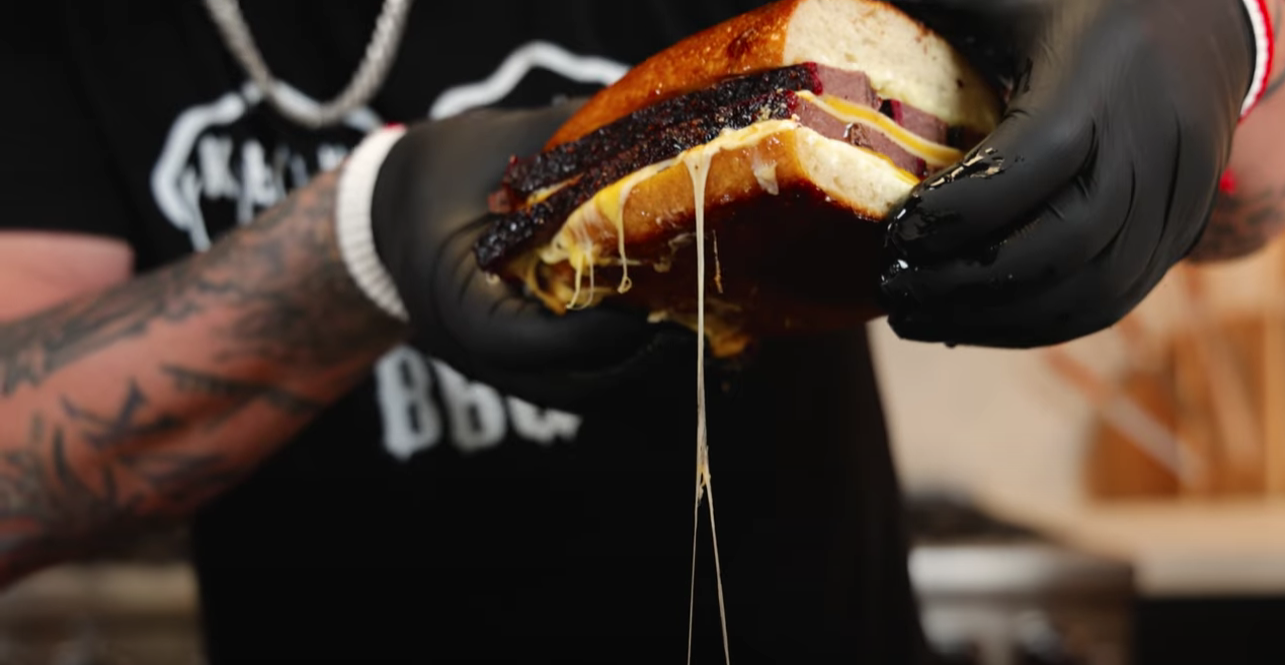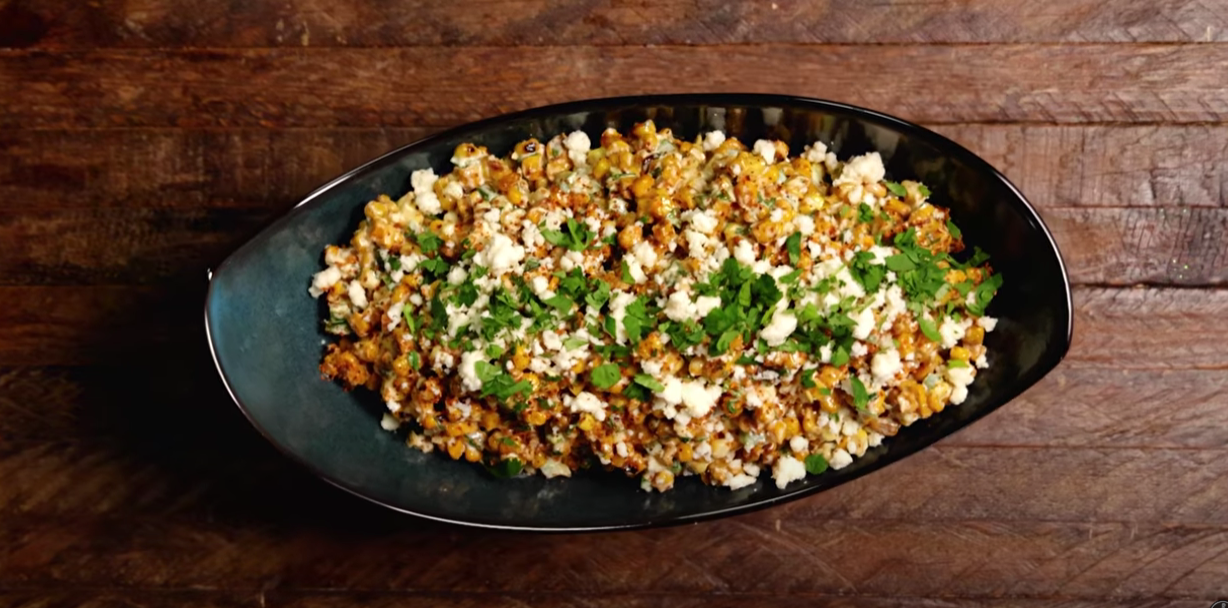Chef Jessica Monty
Campfire Baked Apple
INGREDIENTS
- 5 apples, Honeycrisp
- 1 lemon, juiced
- 1/4 cup walnuts, rough chopped
- 1/2 stick of unsalted butter
- 4 dates, pits removed and chopped
- 1/4 teaspoon cinnamon
- 1/8 teaspoon salt
- 1 cup of vanilla yogurt
- 1 cup granola
DIRECTIONS
- Make a fire and hot coals. You will need approximately 8 hot coals to place on the top of your cast iron to create an oven effect. Either a medium flame for the bottom conduction, or about 14 hot coals for the cast iron to rest on.
- Core apples making a well for stuffing. Drizzle lemon juice inside the apples to prevent oxidation.
- Mix walnuts, butter, dates, cinnamon, and salt. Thoroughly mix and mash ingredients together and stuff the apples.
- Place the apples in a Dutch oven or cast iron and cover. Place the the cast iron over flame or coals. Add hot coals over the top. Bake for approximately 40 minutes.
- Salt and pepper to taste, set aside.
- Remove the coals from the top of the cast iron and check in the apples for doneness.
- Garnish the apples with yogurt and granola.
HISTORICAL ROOTS OF BAKES APPLES
Apples have been cultivated for thousands of years, dating back to ancient Mesopotamia and Egypt. Early civilizations didn’t have sugar as we know it today, but honey was used to sweeten apples, which were sometimes roasted or stewed with spices.
In medieval Europe, baked or stewed apples were popular in the kitchens of both nobles and commoners. Cookbooks from the 14th century include recipes for apples stuffed with currants, spices (like cinnamon and cloves), and almonds. They were often cooked in embers or hearth ovens—precursors to modern-day campfire baked apples.
In England, baked apples were a common dessert by the 16th–17th centuries, appearing in early cookbooks. They were often cooked in butter, stuffed with dried fruit, and flavored with spices from the East via trade routes—cinnamon, nutmeg, cloves.
European settlers brought apple seeds and varieties to North America in the 1600s. Apples became a staple crop, and baked apples were a popular frontier dessert because:
-
- Apples stored well in winter.
-
The dish required few ingredients and minimal equipment.
-
They could be easily baked in a hearth or over a campfire.
Campfire Revival: In the 20th century, as camping and outdoor recreation became popular, baked apples experienced a revival as an easy and nostalgic campfire dessert. Foil-wrapped baked apples became a scout and family camping tradition, combining rustic cooking with a sweet reward.
Why Baked Apples Endure: They’re nutritious, simple, and endlessly adaptable. They represent a connection to the past—old-world cooking techniques with timeless appeal. From castles to campfires, baked apples have stayed beloved for centuries.
KNIIFE UTILIZED
The Spear Point Paring Knife is ideal for coring apples because its sharp, pointed tip allows for precise entry into the fruit, and the short, narrow blade gives you excellent control as you cut around the core. This precision helps remove the core cleanly without wasting fruit—perfect for recipes like baked apples or fruit prep where presentation matters.
